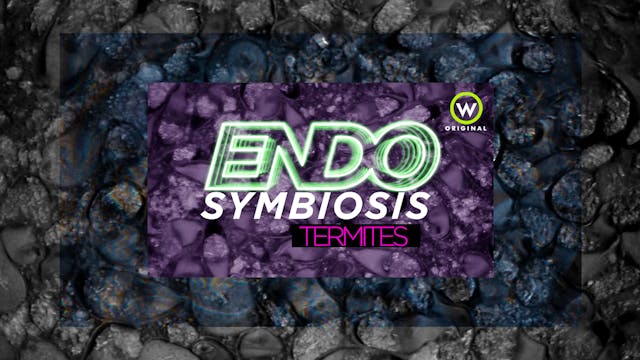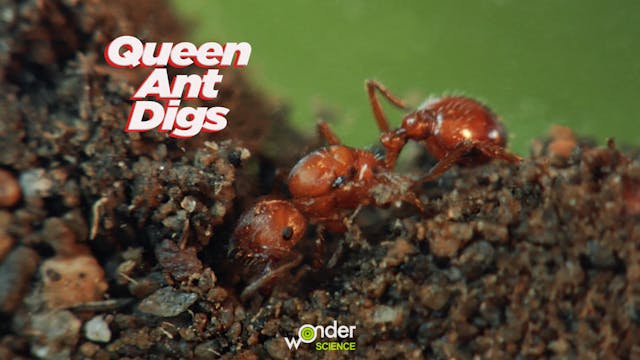Cyanobacteria
Living Beings
•
35m
Over a billion years ago, tiny jewel-like cyanobacteria oxygenated earth's atmosphere. These single-cell organisms are the reason we have air to breathe. Cyanobacteria are also believed to be the precursors responsible for photosynthesis and multicellularity as a whole. Cyanobacteria are found in many environments, including freshwater ecosystems. This program was produced in collaboration with Jared Leadbetter, Professor of Environmental Microbiology at the California Institute of Technology.
Up Next in Living Beings
-
Endosymbiosis
Encounter hundreds of species of microbe that exist nowhere else on the planet outside of a termite's gut. These microbes enable their termite host to digest the wood it infamously devours. The termite and these microbes share what is called an obligate endosymbiotic relationship. That is, neithe...
-
Butterflies
Float along with colorful butterflies filmed in macro slow-motion. Featuring macro slow-motion video and thermal imaging, this program was made with the participation of the Natural History Museum of Los Angeles, as well as contributions of bio-mimetics footage and thermal imaging animations from...
-
Queen Ant Digs
A recently-mated ant queen digs a tunnel underground in a vigorous attempt to start a new colony. Only 2% of ant queens successfully found new colonies. The initial challenge is to select a suitable location for the new colony. Next, a newly-mated queen ant must dig down into the ground, where sh...



